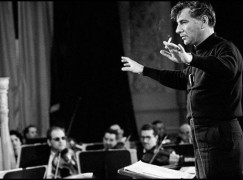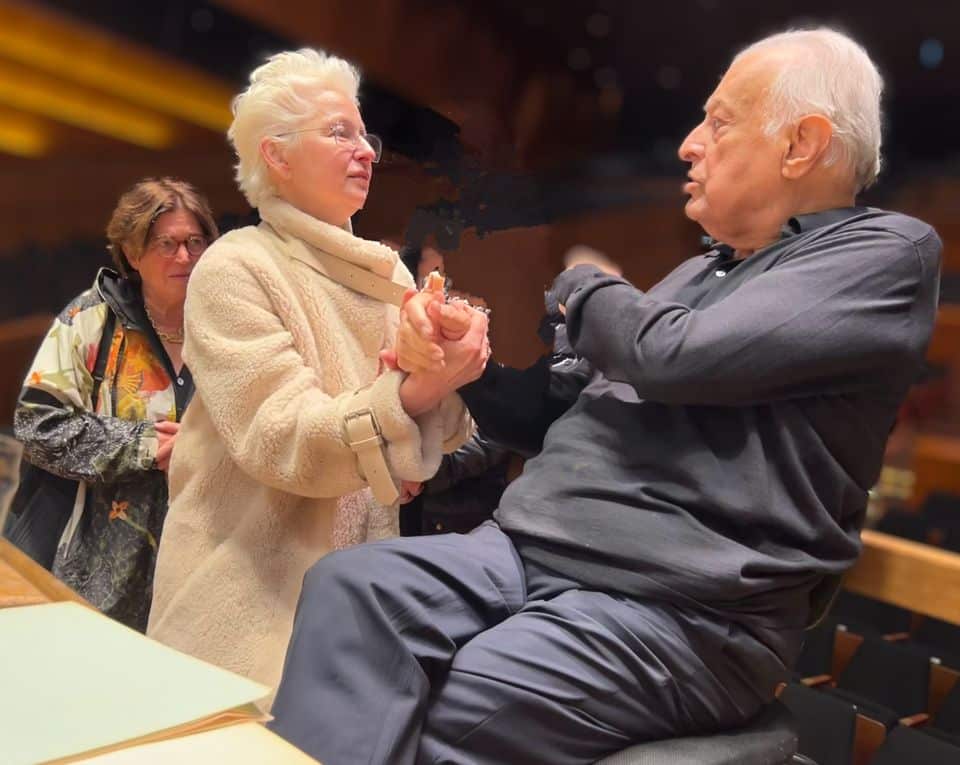How Leonard Bernstein failed to transform the New York Philharmonic
mainFrom Joseph Horowitz’s centennial essay on a failed messiah:
Bernstein’s disappointment upon leaving the Philharmonic was undisguised. He knew that he had failed to transform the orchestra into something dynamically American. He had endured steady complaints—basically valid—that it lacked the gold-standard polish of the orchestras in Boston, Philadelphia, Chicago, and Cleveland. But if his were not the accomplishments he had once envisioned, they were formidable and distinctive. He had not remotely succeeded in canonizing an American repertoire. But, starting from scratch, he had established the iconic importance of Charles Ives. He had singlehandedly canonized Nielsen and helped to restore Sibelius’s luster. And he had left a central legacy honoring a composer and Philharmonic music director far bigger than himself: Gustav Mahler….
Read on here.

And more:
During the Dark Ages of the New York Philharmonic—the music directorship of Zubin Mehta (1978-91)—I would sometimes find myself in the orchestra’s offices. I dreaded seeing the photograph of Leonard Bernstein hanging over an elevator. It was an image whose ebullience provoked a piercing sadness and incredulity. Evidently, Bernstein no longer wanted to take charge of his leaderless orchestra. And the orchestra didn’t want him. In 1984, Bernstein materialized to conduct part of a program celebrating the 60th anniversary of the Young People’s Concerts. Though a film clip of his “Who Was Gustav Mahler?” was shown, Bernstein did not speak. A member of the Philharmonic staff confided to me the reason: Bernstein was “crazy.” He could not be “controlled.”…





Comments